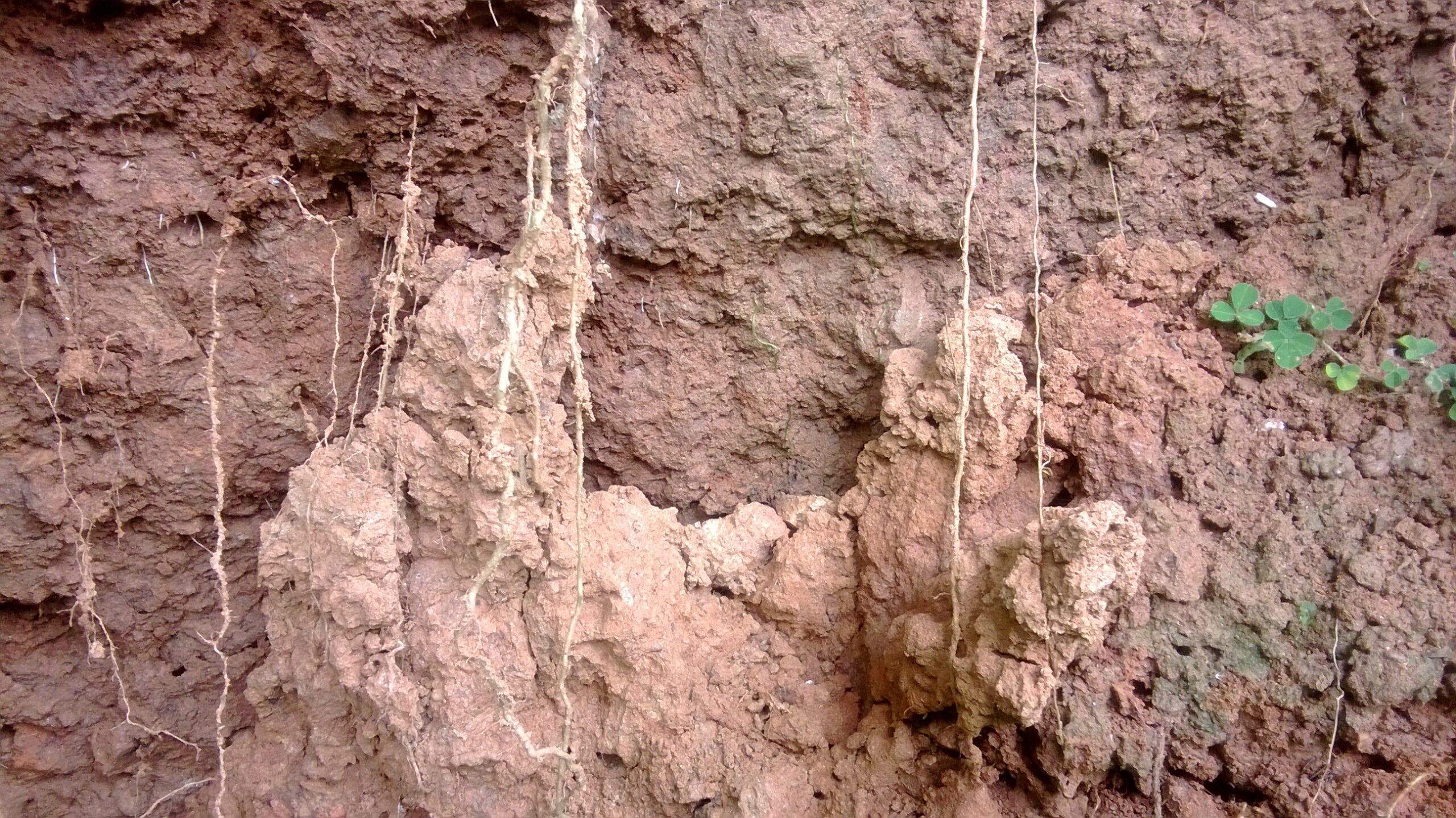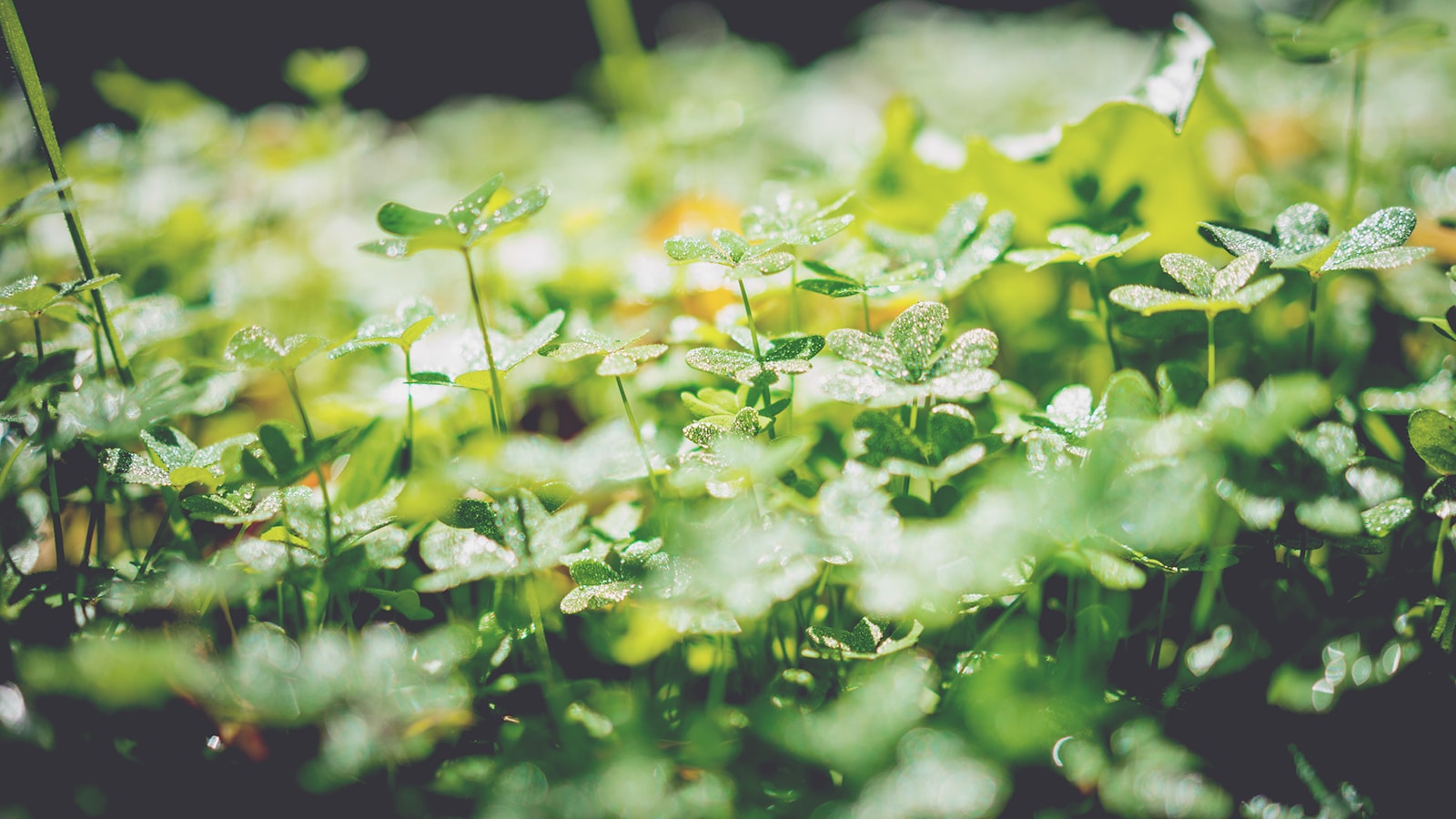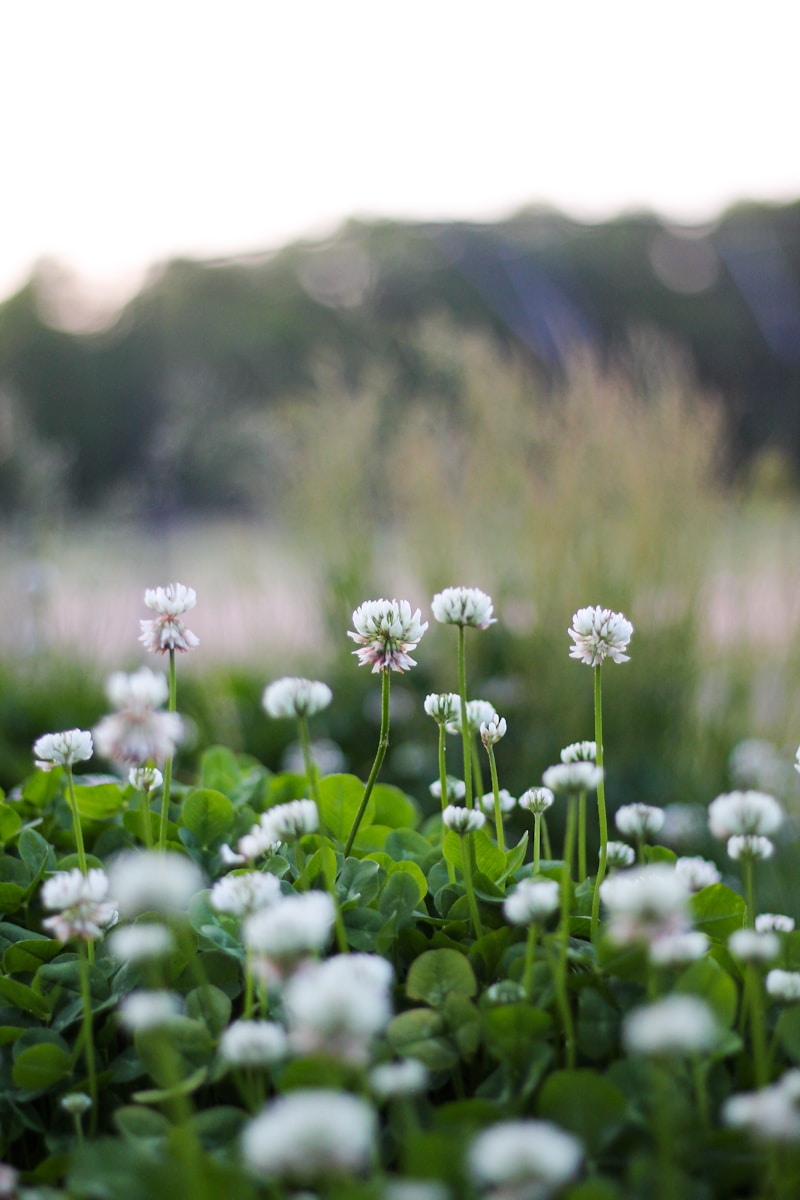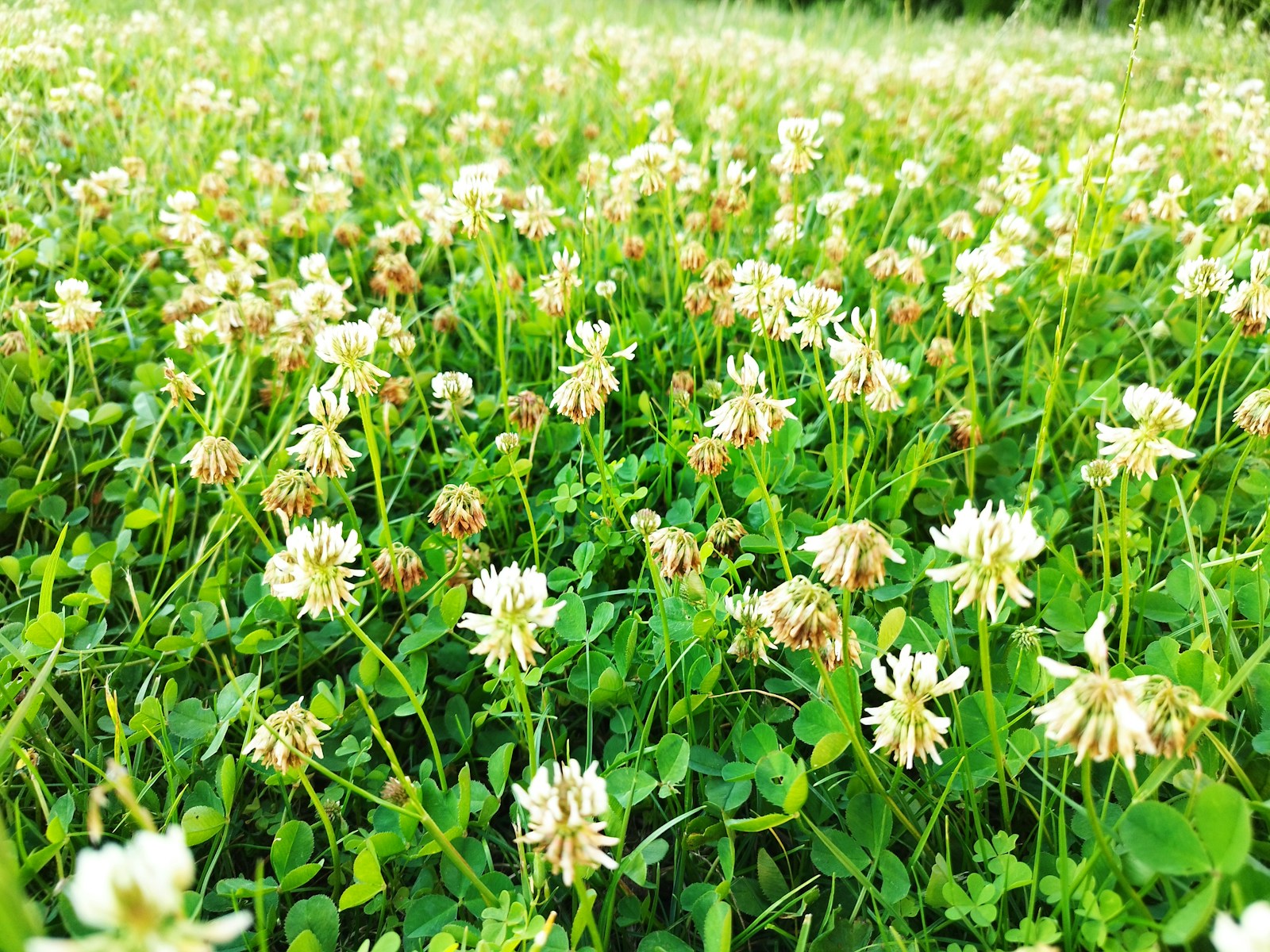Clay soil presents unique challenges and opportunities for gardeners across the Midwest, Southern states, and the Pacific Northwest. Whether you’re dealing with heavy, compacted earth in Texas or slow-draining soil in Oregon, understanding how to work with clay can transform your gardening success. This guide will help you navigate clay soil’s characteristics and provide actionable strategies for thriving plants.
Understanding Clay Soil Characteristics
Clay soil is known for:
- High water retention, leading to potential drainage issues
- Dense, compact texture, which can hinder root growth
- Rich nutrients, providing excellent fertility when properly managed
- Seasonal challenges, such as cracking in summer and heavy saturation in winter
Pros and Cons of Clay Soil
Pros
- Naturally nutrient-rich, reducing fertilizer needs
- Holds moisture well during dry spells
- Provides excellent support for deep-rooted plants
Cons
- Poor drainage can cause root rot
- Tendency to compact, making it difficult for roots to spread
- Hard to work with when wet or dry
Best Plants for Clay Soil
Different regions offer varying challenges, but the following plants thrive in clay soil:
Midwest (Illinois, Iowa)
- Perennials: Coneflower, Black-Eyed Susan, Daylilies
- Shrubs: Serviceberry, Dogwood
- Vegetables: Broccoli, Brussels sprouts
Southern States (Texas, Georgia)
- Perennials: Coreopsis, Bee Balm, Lantana
- Shrubs: Hydrangeas, Azaleas
- Vegetables: Okra, Sweet potatoes
Pacific Northwest (Oregon, Washington)
- Perennials: Hostas, Astilbe, Ferns
- Shrubs: Rhododendrons, Camellias
- Vegetables: Kale, Swiss chard
How to Improve Clay Soil
1. Aeration Techniques
Use a garden fork or core aerator to break up compacted soil.
2. Organic Amendments
Incorporate compost, leaf mold, or well-rotted manure to improve texture and drainage.
3. Gypsum Application
Adding gypsum can help break up heavy clay and enhance drainage without altering soil pH.
4. Mulching Strategies
Apply mulch to regulate moisture, prevent compaction, and add organic matter over time.
Step-by-Step Planting Guide
- Test Your Soil: Determine pH and nutrient levels through a local extension service.
- Choose the Right Plants: Opt for species suited to clay soil conditions.
- Prepare the Site: Loosen the soil to at least 12 inches deep.
- Amend the Soil: Mix in organic matter before planting.
- Planting Techniques: Use raised beds or mounds to improve drainage.
- Mulching: Apply 2-3 inches of organic mulch around plants.
- Watering Routine: Water deeply but infrequently to encourage deep root growth.
Common Mistakes and Solutions
Mistake: Overwatering Solution: Water only when the top 1-2 inches are dry.
Mistake: Using sand as an amendment Solution: Stick to organic matter to improve structure without creating cement-like conditions.
Mistake: Ignoring compaction Solution: Regularly aerate and avoid walking on garden beds.
Environmental Impact and Sustainability Considerations
Improving clay soil with organic amendments promotes sustainability by:
- Reducing reliance on synthetic fertilizers
- Enhancing water conservation efforts
- Supporting beneficial soil organisms
Case Studies: Real-Life Experiences
- Atlanta, GA: A homeowner transformed their backyard by incorporating compost and mulch, leading to thriving azaleas and camellias.
- Des Moines, IA: A vegetable gardener successfully grew deep-rooted crops like carrots by using raised beds.
Final Thoughts
Clay soil can be challenging, but with the right approach, it offers a fertile foundation for a thriving garden. By understanding its unique properties and following proven improvement techniques, you can cultivate beautiful, healthy plants in any region.



